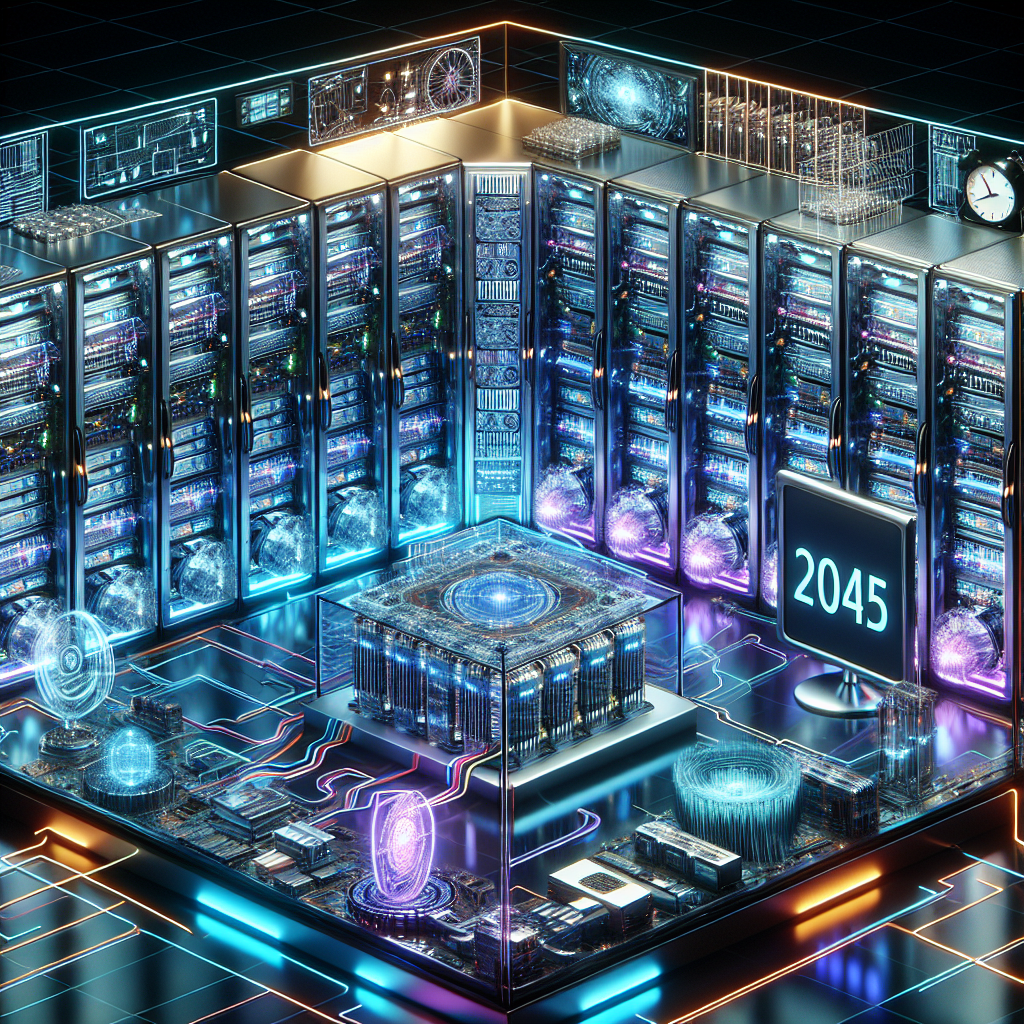Your cart is currently empty!
The Future of Data Center Servers: Trends and Predictions

The data center industry is constantly evolving, with new technologies and trends shaping the way servers are used and managed. As businesses continue to rely on data centers to store and process their information, it’s important to stay ahead of the curve and understand the future of data center servers.
One of the biggest trends in data center servers is the move towards edge computing. Edge computing involves processing data closer to where it is generated, rather than relying on a centralized data center. This allows for faster processing speeds and reduced latency, making it ideal for applications that require real-time data processing, such as autonomous vehicles or smart cities. As a result, data center servers are being deployed closer to the edge, in locations such as cell towers or remote offices.
Another trend in data center servers is the adoption of artificial intelligence (AI) and machine learning. These technologies require vast amounts of data to be processed quickly and efficiently, driving the need for more powerful servers with high-performance computing capabilities. Data centers are increasingly incorporating AI accelerators and GPUs to handle these workloads, enabling businesses to extract valuable insights from their data.
Virtualization is also playing a key role in the future of data center servers. By consolidating multiple virtual servers onto a single physical server, businesses can reduce their hardware costs and improve efficiency. Virtualization also allows for greater flexibility and scalability, as resources can be allocated dynamically based on workload demands. As a result, data center servers are becoming more virtualized, with the adoption of technologies such as containerization and software-defined networking.
Looking ahead, there are several predictions for the future of data center servers. One key prediction is the rise of liquid cooling technology. As data centers continue to consume more power and generate more heat, traditional air cooling systems are becoming less efficient. Liquid cooling offers a more efficient way to dissipate heat, leading to lower cooling costs and increased energy efficiency. As a result, we can expect to see more data centers adopting liquid cooling solutions in the coming years.
Another prediction is the continued growth of hyperconverged infrastructure (HCI). HCI combines compute, storage, and networking into a single, integrated system, simplifying data center management and reducing complexity. As businesses look to streamline their operations and reduce costs, HCI is becoming an increasingly popular choice for data center servers.
In conclusion, the future of data center servers is shaping up to be one of increased efficiency, flexibility, and innovation. From edge computing and AI to virtualization and liquid cooling, data center servers are evolving to meet the demands of businesses in the digital age. By staying informed on these trends and predictions, businesses can better prepare for the future and ensure their data center infrastructure is equipped to handle the challenges ahead.

Leave a Reply